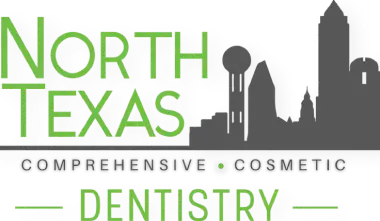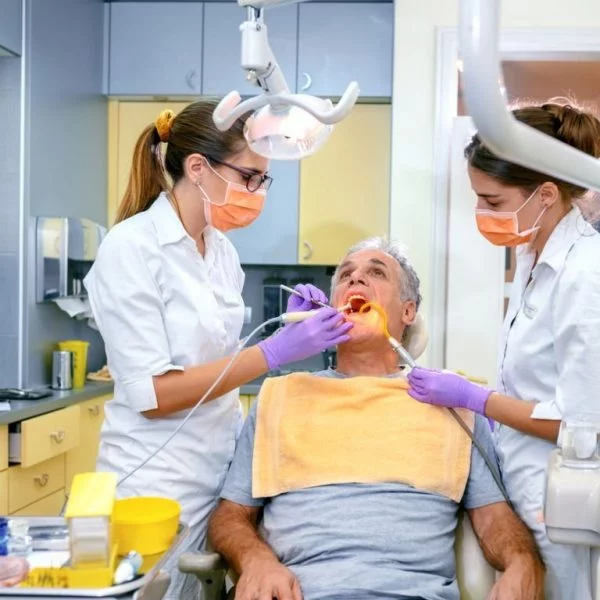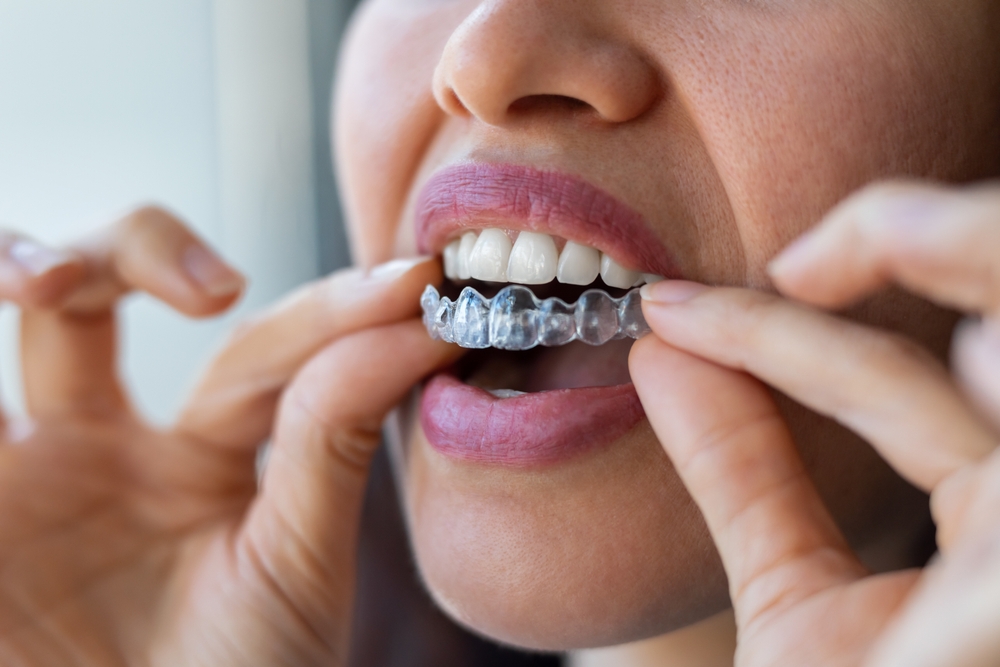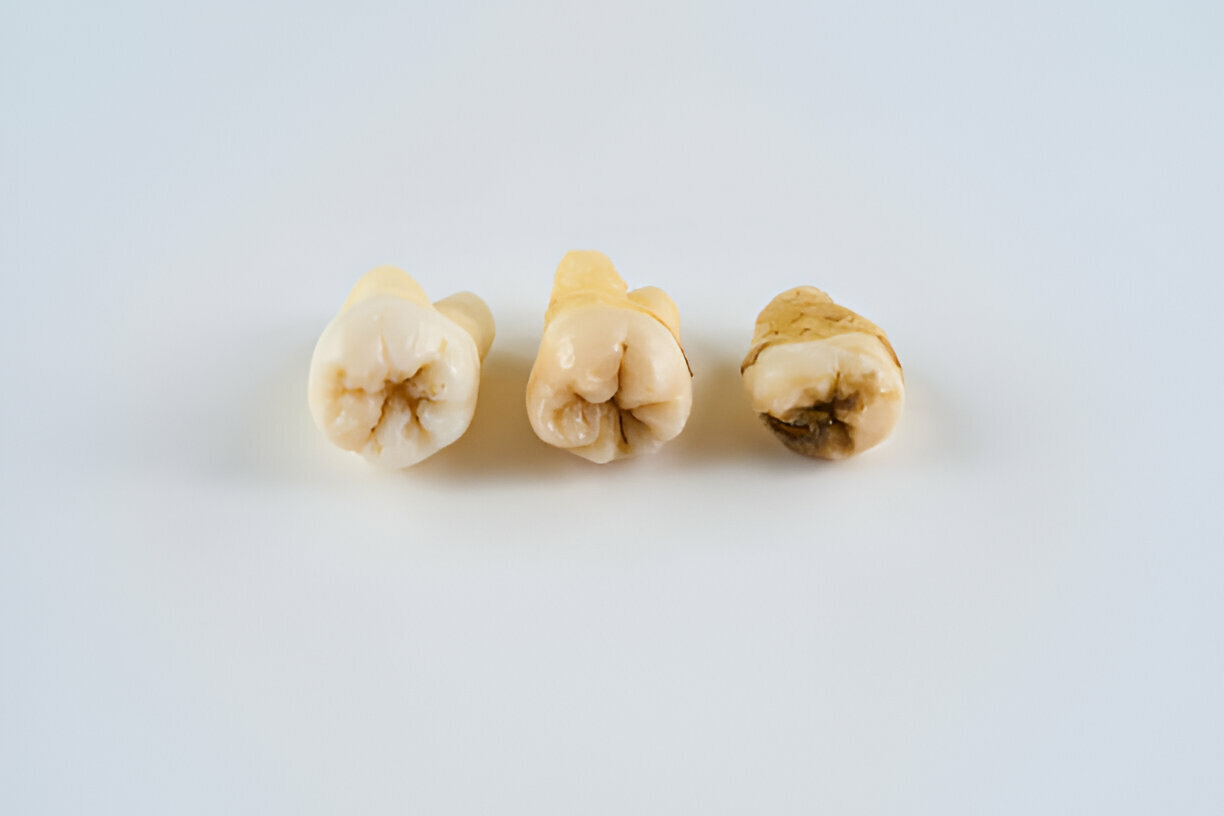Regular dental checkups are important, and we can’t emphasize it enough! Sadly, many individuals continue to procrastinate or avoid frequent checkups due to fear and anxiety.
Yes, you read it right. Several Garland dentists suggest that many adults fear sitting in a dentist’s chair. The thought of dentists using tools inside their mouths continues to be a nightmare for many individuals.
But would you rather endure the pain and agony of a toothache and risk your oral health than step inside the dentist’s office?
Interestingly, this is where dentistry with sedation comes into practice. As the name suggests, sedation dentistry is designed to give you an effortless checkup experience while removing some of your anxiety.
In this blog, we have a detailed look at sedation dentistry and understand more about the procedures and their types. Let’s get started.
What Is Sedation Dentistry?
Sedation dentistry is a technique that uses medication to help patients avoid fear and anxiety during dental procedures. Often referred to as “sleep dentistry,” it is when your dentist employs sedatives to keep you at a state where you feel no pain. Patients are generally awake during a sedation oral surgery, excluding those who are under general anesthesia.
Here’s an overview of the different levels of dental sedatives used by experts:
- Minimal sedation – You stay awake but in a relaxed state.
- Moderate sedation (formerly ‘conscious sedation’) – You’re awake but may not remember most of the treatment procedure and slur your words when speaking.
- Deep sedation – You are in a semi-sleepy state, at the edge of your consciousness, but awake.
- General anesthesia – You’re completely unconscious.
So now that we have an idea of the different levels of sedatives used by Texas sedation dental let’s look at the primary types of this dentistry.
Primary Types Of Sedation Dentistry
Nitrous Oxide
Nitrous oxide, or “laughing gas,” is one of the most commonly used oral sedatives in clinics today. Patients need to inhale the gas using a mask or nosepiece, and it takes nearly three to five minutes for the laughing gas to take them to a relaxed state.
Throughout the dental procedure, your dentist manages the level of sedation and makes the necessary adjustments to ensure you stay relaxed. Following the procedure, your dentist flushes out the nitrous oxide in your body using pure oxygen.
Level Of Consciousness
The nitrous oxide sedation keeps you awake throughout the procedure. Once the procedure is complete, you can drive yourself home since the pure oxygen forces your system to release the nitrous oxide quickly.
Oral Conscious Sedation
Next, we have oral conscious sedation. As the name suggests, this type of sedation dentistry administers sedative medicine (often in pill form). Your dentist will give it to you an hour or so before the start of your treatment. Experts generally use diazepam, the family drug triazolam, during this procedure.
Apart from these pills, your dentist may also prescribe Zaleplon and lorazepam. This sedation makes you quite nauseous, and you may even fall asleep.
Level Of Consciousness
Oral conscious sedation makes you nauseous but keeps you in a state where you can speak with your dentist (if necessary) and be gently roused from sleep. But since this oral sedation temporarily affects your walking abilities and memory, it’s wise to come with a friend or a family member. They can drop you home safely after the procedure.
Intravenous (IV) Sedation
Last on our list of sedation oral surgery is Intravenous (IV) Sedation. Also known as the deepest level of conscious sedation, clinics offer it with experts to provide you with IV sedation dentistry, as this sedation is administered via an IV line.
In this method, your healthcare professional injects the sedatives into your bloodstream. However, your dentist will monitor your blood pressure, heart rate, and oxygen levels during this treatment. They generally change the dosage levels and might switch to reversal medicine (if required) during the procedure.
Level Of Consciousness
When receiving IV sedation dentistry, most patients nod off and wake up with little to no memory of the procedure. This method is generally preferred for patients who undergo extensive treatments or suffer from significant dental anxiety.
The Before & After Of The Process
What It’s Like Before Sedation Dentistry?
The treatment usually starts with an initial consultation where your dentist discusses your choices for sedation. These options generally depend on your medical history and the dietary supplements or drugs that you take. Once they have all the required data, they will formulate sedative suggestions depending on your requirements.
Before receiving the treatment, you should wait at least six hours on an empty stomach (without eating or drinking anything). Besides, unless your expert specifies otherwise, you must take all your prescribed drugs.
Note: Inform your dentist if you use any blood thinners, including warfarin.
What Happens Post Successful Sedation Dentistry?
Unless you choose laughing gas as your sedation choice, you’ll need a reliable friend or family member to help you travel back home following your appointment.
Note: Never share a ride or take a cab after sedation. You’ll need someone you know and trust to assist you.
So now that you have an idea of the process in detail, we hope you can decide and choose the necessary sedation. All the best!
Get The Best Dentistry Procedure With The Right Experts
Sedation dentistry plays a significant role in the success of oral surgery. However, the procedure can also go south without trained professionals. Don’t risk your oral health with just anybody; let our North Texas Family & Cosmetic Dentistry experts manage it perfectly.





